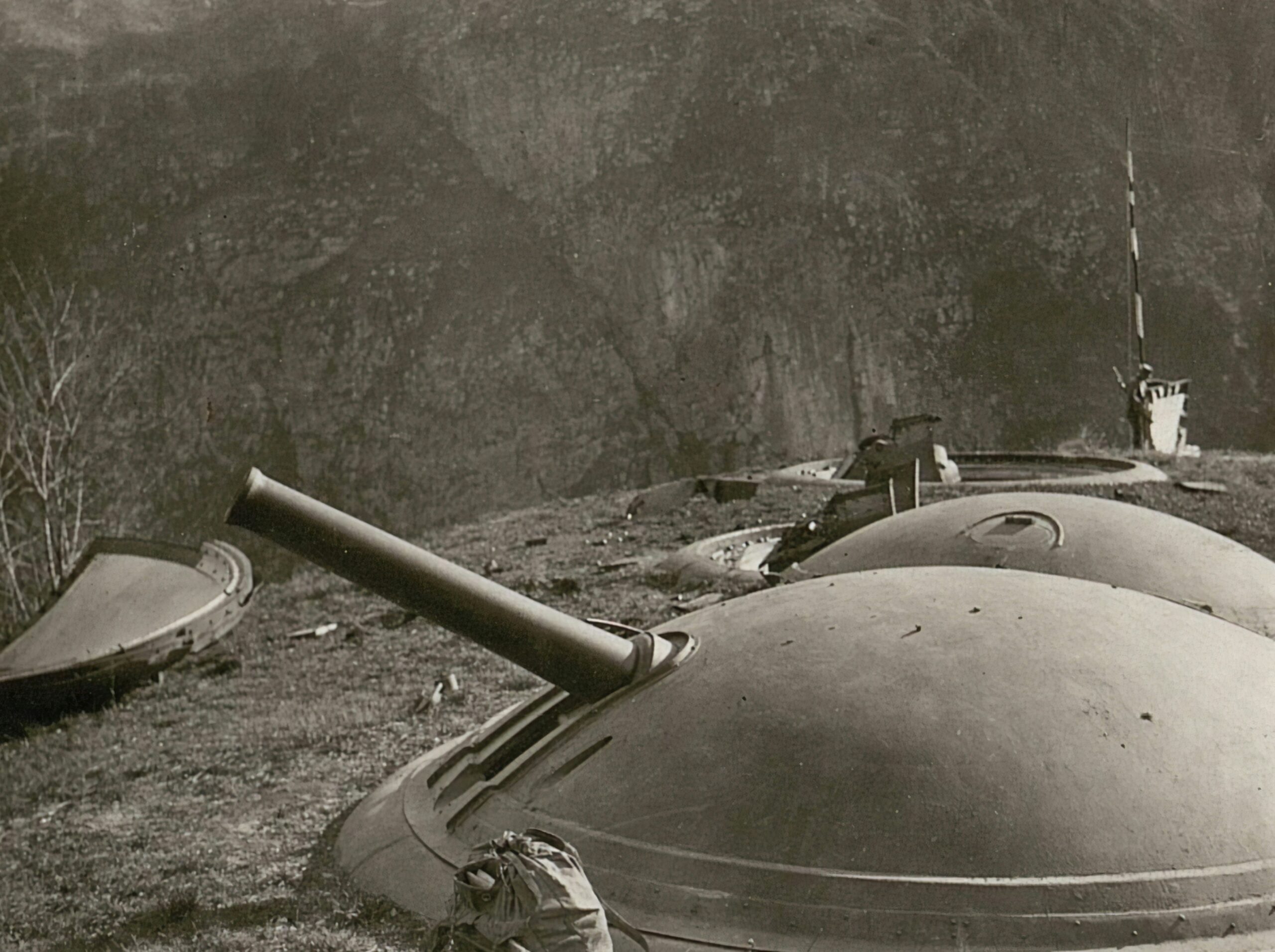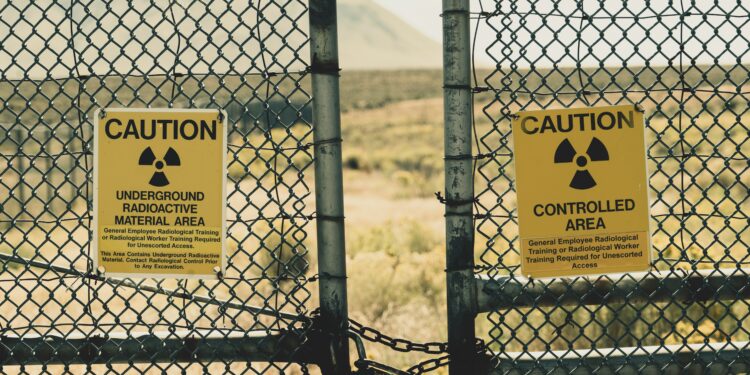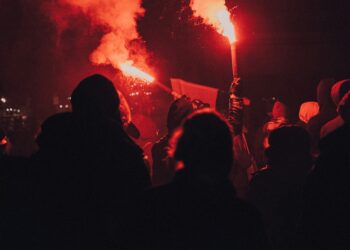In the latest show of military readiness, Russian President Vladimir Putin announced on Tuesday the start of a new nuclear forces exercise. This marks the second such drill in just two weeks, signaling Moscow’s heightened nuclear alert as the Ukraine war reaches increasingly dangerous levels.
Heightened Tensions with North Korea’s Involvement
With reports indicating that North Korean troops may now be stationed in Russia’s Kursk region, the stakes in the Ukraine conflict are surging. In response, the U.S. has cautioned that if North Korea actively joins the war, it may lift restrictions on Ukraine’s ability to deploy weapons deeper into Russian territory. Russia has warned that such a move could provoke a nuclear escalation, further intensifying the risk of broader conflict.
Putin’s Nuclear Preparedness Message
In a video statement, Putin highlighted the rationale behind these exercises, stating, “We will work out the actions of officials to control the use of nuclear weapons with practical launches of ballistic and cruise missiles.” While he described nuclear deployment as an “extremely exceptional measure,” he underscored the need to maintain these weapons at the ready.

“We will continue to improve all their components. The resources for this are available,” Putin noted, adding that Russia has no plans to enter a new arms race but intends to keep its nuclear forces at a necessary level of readiness.
Details of the Nuclear Drills
These exercises follow an October 18 drill in the Tver region, northwest of Moscow. This exercise involved Yars intercontinental ballistic missiles (ICBMs) with the capacity to strike major U.S. cities, showcasing Russia’s advanced and expansive nuclear arsenal. The recent drills also serve as a reminder of Russia’s formidable nuclear capabilities as the country continues its offensive in eastern Ukraine.
Revised Nuclear Doctrine: A Clear Message to the U.S.
Last month, Putin approved amendments to Russia’s official nuclear doctrine, clarifying conditions for nuclear weapon use. Under the revised policy, any attack on Russia supported by a nuclear-armed nation would be seen as a joint assault—effectively cautioning the U.S. against supporting Ukrainian strikes within Russia. With control of nearly 90% of the world’s nuclear warheads, Russia and the United States continue to be global nuclear powerhouses.
International Reactions and Concerns of Nuclear Escalation
The United States remains on high alert regarding Russia’s nuclear stance. Though U.S. intelligence officials, including CIA Director Bill Burns, report no immediate shifts in Russia’s nuclear posture, the threat of escalation remains. In 2022, the U.S. formally warned Putin about the consequences of deploying tactical nuclear weapons, emphasizing the gravity of such a decision. Both Putin and U.S. President Joe Biden have warned that a direct confrontation between Russia and NATO could lead to World War III—a sentiment echoed by Republican presidential candidate Donald Trump, who has expressed alarm over the potential for nuclear conflict.
Putin’s Push for Modernized Nuclear Systems
In addressing Russia’s evolving defense strategy, Putin announced steps toward enhancing the country’s missile systems with reduced launch times and advanced capabilities to counter missile defense systems. “Given the growing geopolitical tensions and the emergence of new external threats and risks, it is important to have modern and constantly ready-to-use strategic forces,” he asserted.
Conclusion
As the Ukraine war drags on, these nuclear drills—and Russia’s modernization efforts—underscore Moscow’s commitment to maintaining and showcasing its nuclear capabilities in the face of escalating global tensions.

















